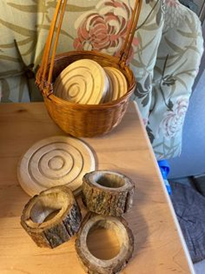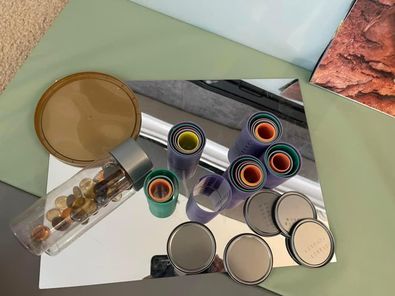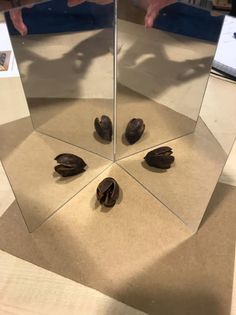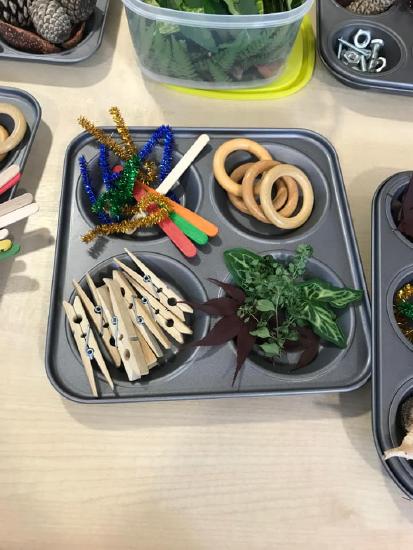27.10: Key Environmental Elements- Engagement
- Page ID
- 142394
Engagement
Offering items of beauty or wonder in the classroom invites infants’ and toddlers’ exploration and engagement by using provocations. A provocation is a picture, experience, or item that provokes thought, interest, questions, or creativity (Edwards, 2002). Provocations can help “provoke” young children to use, think about or see materials in new ways. A good classroom design provides options to incorporate provocations easily. Inspiration for provocations will often come from children’s current interests or emerging developmental skills (e.g., crawling or grasping).
Provocations could be:
- Pictures: Including pictures of their interests can help extend the exploration of specific concepts and send the message that children’s ideas are valued. Use photos of authentic items as much as possible. In conjunction with personal storage and children’s artwork, photos also communicate that this space belongs to the children.
- An event or experience: For example, nature walks outdoors or a classroom "picnic.”
- Books: Strategically placing books relevant to children’s current interests throughout the room can change play and engagement. For example, a book on construction sites next to the blocks.
- Items from nature: This can include items collected from outside, such as leaves, pinecones or a vase of fresh flowers.
- Simple changes in the display: For example, a child-safe mirror on the floor for children to see themselves as they crawl over it, or doll babies in dramatic play with small bowls and spoons are an invitation to the older infants and toddlers to “feed” the dolls. Display changes can also include rearranging climbing equipment to offer new challenges or incorporating different textures and colors on the floor.




Provocations guide, help, and inspire infants and toddlers to engage with certain materials or spaces. However, they should never dictate what children do or how they engage with the materials. For example, perhaps some empty paper towel tubes and scarves are set up for children to explore by pushing the scarves through the tubes, but instead, the children enjoy throwing the scarves in the air and watching them fall (The Ohio State University for the US Department of Defense’s Office of Family Policy/Children and Youth, 2021).
[1] Image by anonymous is used with permission.
[2] Image by Stephanie Ashworth is used with permission.

